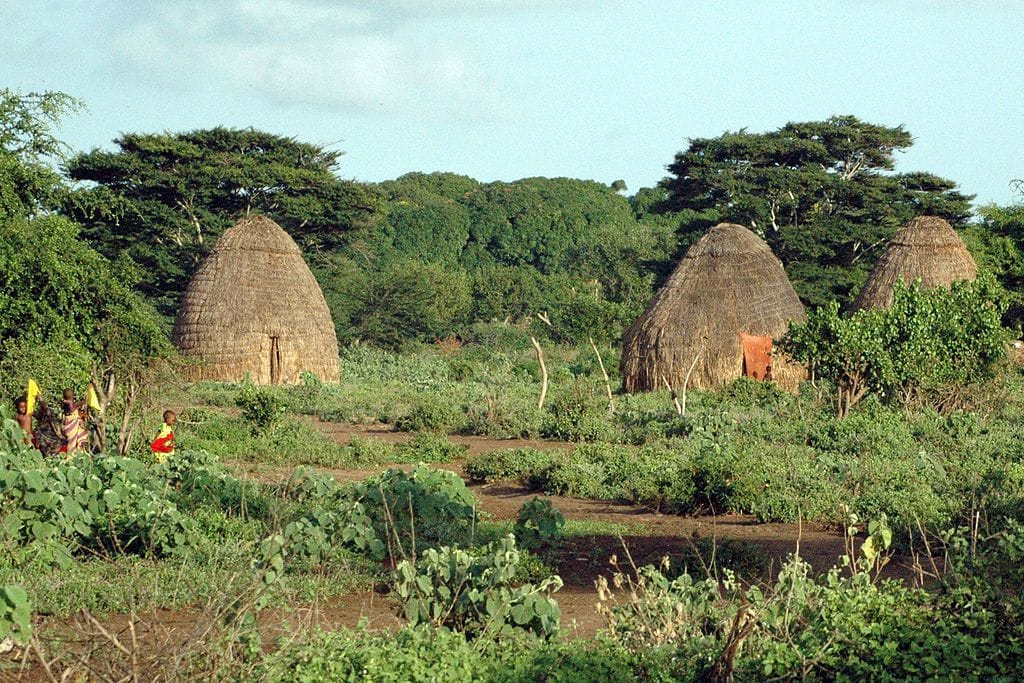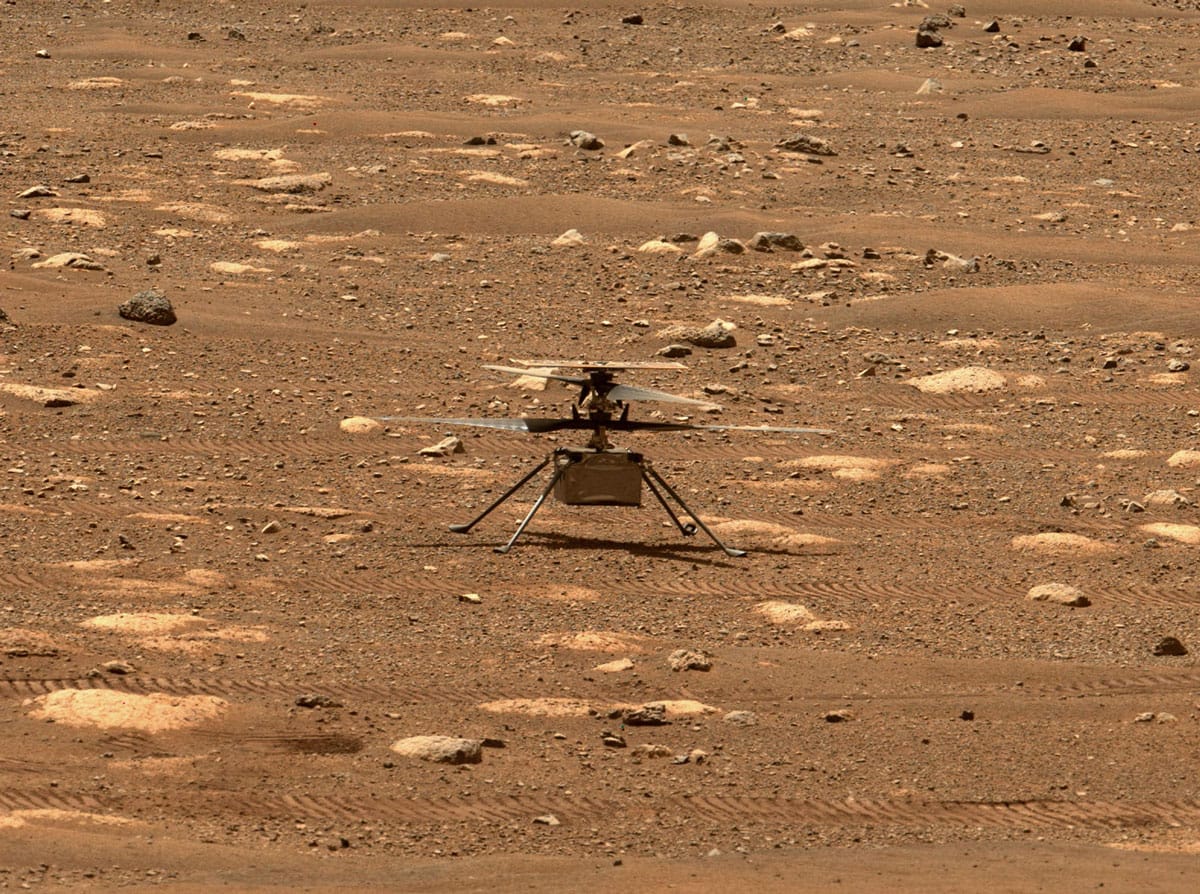In a surprising and alarming event, a substantial piece of space debris, estimated to weigh over 1,000 pounds, has crashed into a village in Kenya. The incident, which took place in the early hours of the morning, has led to considerable damage to property and has sparked concerns among residents about the implications of falling debris from space.
The crash occurred in a rural area, where the impact of the debris was felt immediately. Witnesses reported a loud noise followed by a tremor that shook their homes. Initial assessments by local authorities indicate that several structures were damaged, including homes and agricultural facilities. Fortunately, there were no reported injuries, but the psychological impact on the community has been significant. Residents expressed their fear and confusion regarding the event, which they described as unprecedented in their experience.
Following the crash, local government officials quickly mobilized to assess the damage and provide assistance to affected families. Emergency response teams were dispatched to the site to ensure the safety of residents and to begin the process of recovery. The Kenyan government has also reached out to international space agencies for assistance in identifying the origin of the debris and understanding the risks associated with future incidents.
The debris is believed to be part of a larger collection of space junk that has accumulated in Earth’s orbit over the years. As satellite launches have increased and space exploration has expanded, the amount of debris in orbit has also grown, raising concerns about the potential for collisions and re-entry incidents. Experts have long warned about the dangers posed by space debris, which can range from defunct satellites to fragments from previous missions.
In recent years, the issue of space debris has garnered attention from scientists and policymakers alike. Various initiatives have been proposed to mitigate the risks associated with falling debris, including improved tracking systems and potential removal strategies. However, the incident in Kenya underscores the challenges that remain in addressing this growing problem.
In the aftermath of the crash, scientists and space agencies are working to analyze the debris and determine its source. Preliminary investigations suggest that it may have originated from a satellite or a rocket body that had re-entered the Earth’s atmosphere. The specific details of the debris’s origin will be crucial in understanding the broader implications for space safety and the need for international cooperation in managing space traffic.
As investigations continue, the Kenyan government has urged residents to remain calm and assured them that measures are being taken to prevent similar incidents in the future. Authorities are also emphasizing the importance of public awareness regarding space debris and its potential risks. Educational campaigns may be launched to inform communities about the nature of space debris and what steps can be taken to enhance safety.
The incident has also sparked discussions among experts about the need for stricter regulations governing space activities. As more countries and private companies engage in space exploration, the potential for accidents involving space debris increases. Experts argue that a comprehensive framework is necessary to ensure the responsible use of space and to minimize the risks associated with falling debris.
In conclusion, the crash of a large piece of space debris in a Kenyan village has raised significant concerns about the safety of space activities and the growing issue of space junk. While no injuries were reported, the damage to property and the psychological impact on the community highlight the urgent need for action. As investigations proceed, it is clear that international collaboration will be essential in addressing the challenges posed by space debris and ensuring the safety of communities on Earth.



